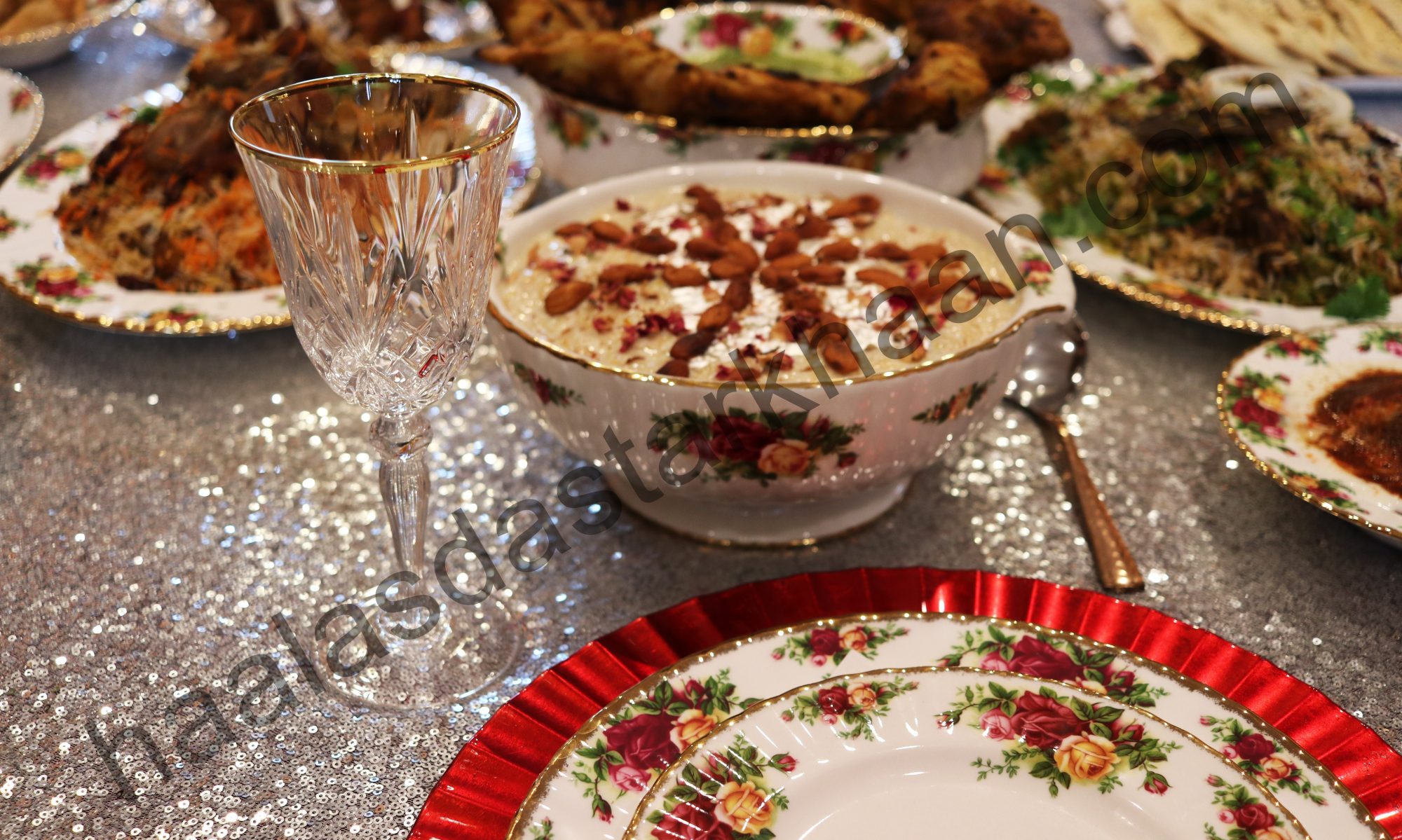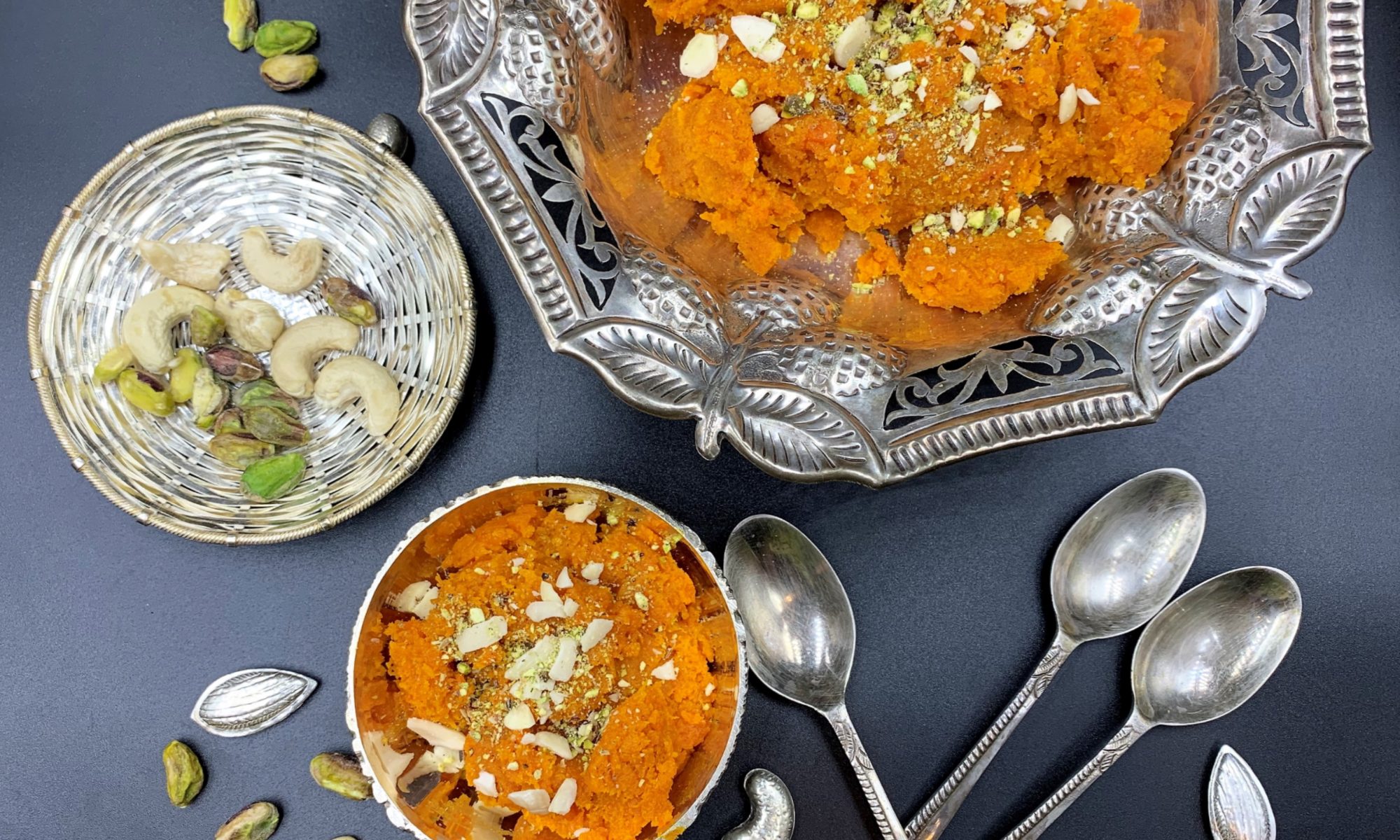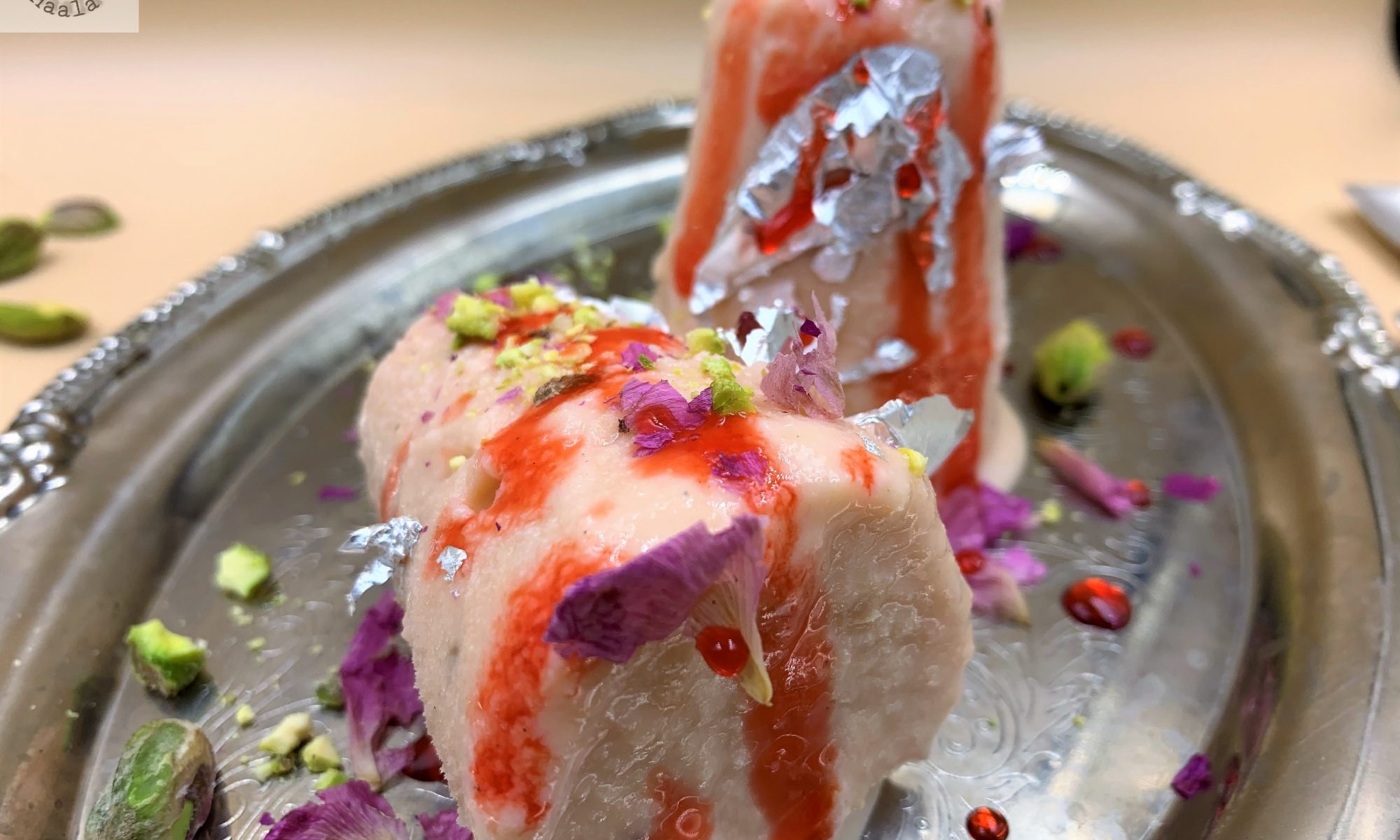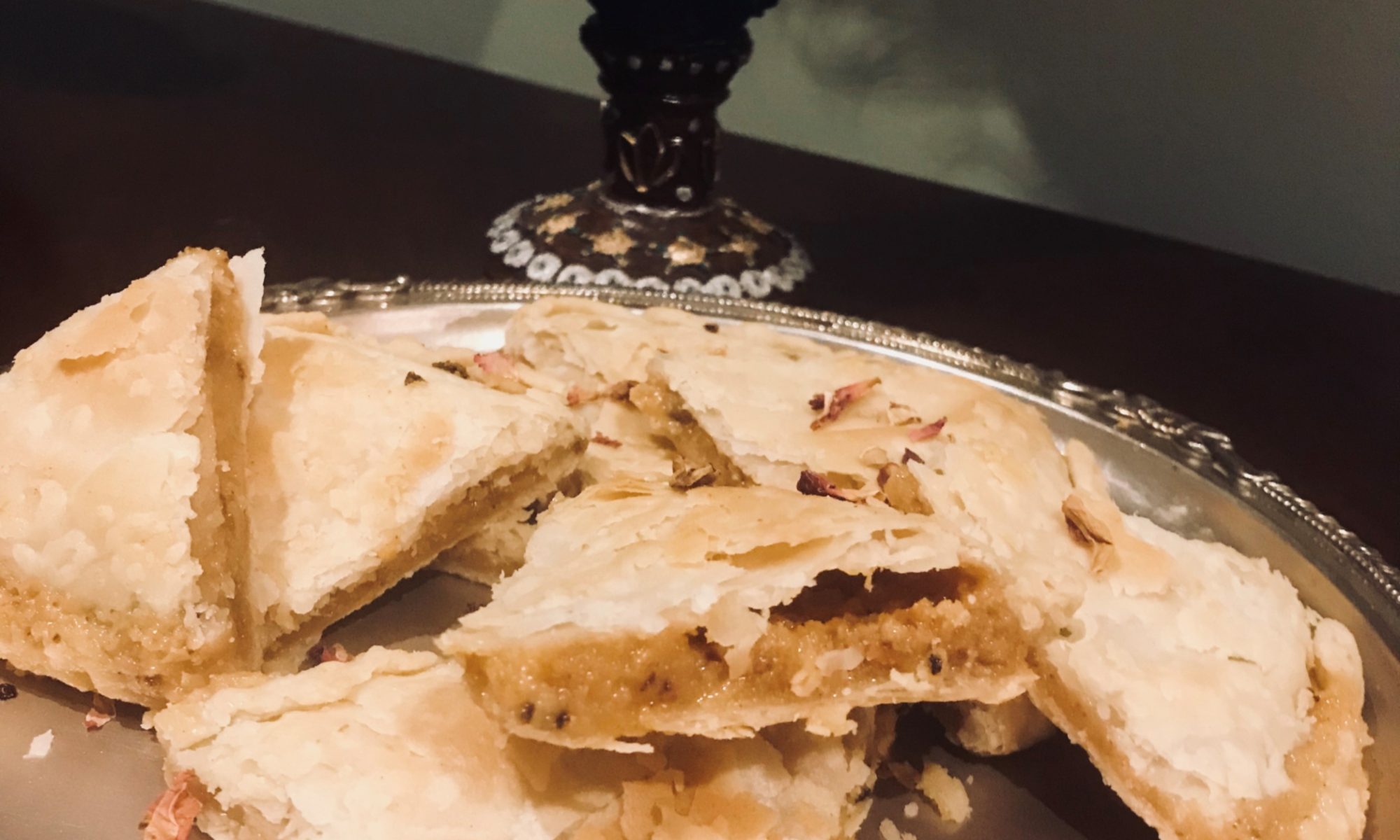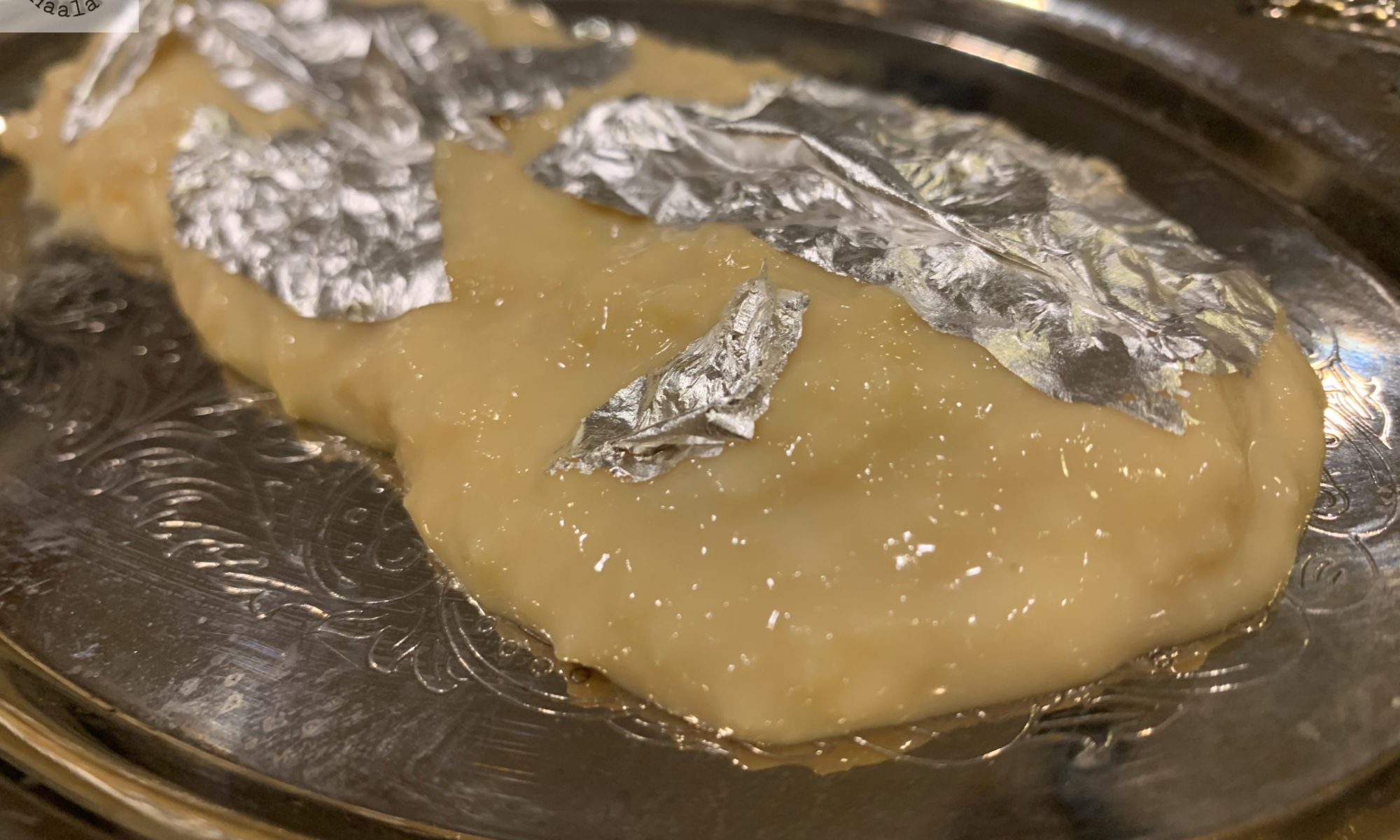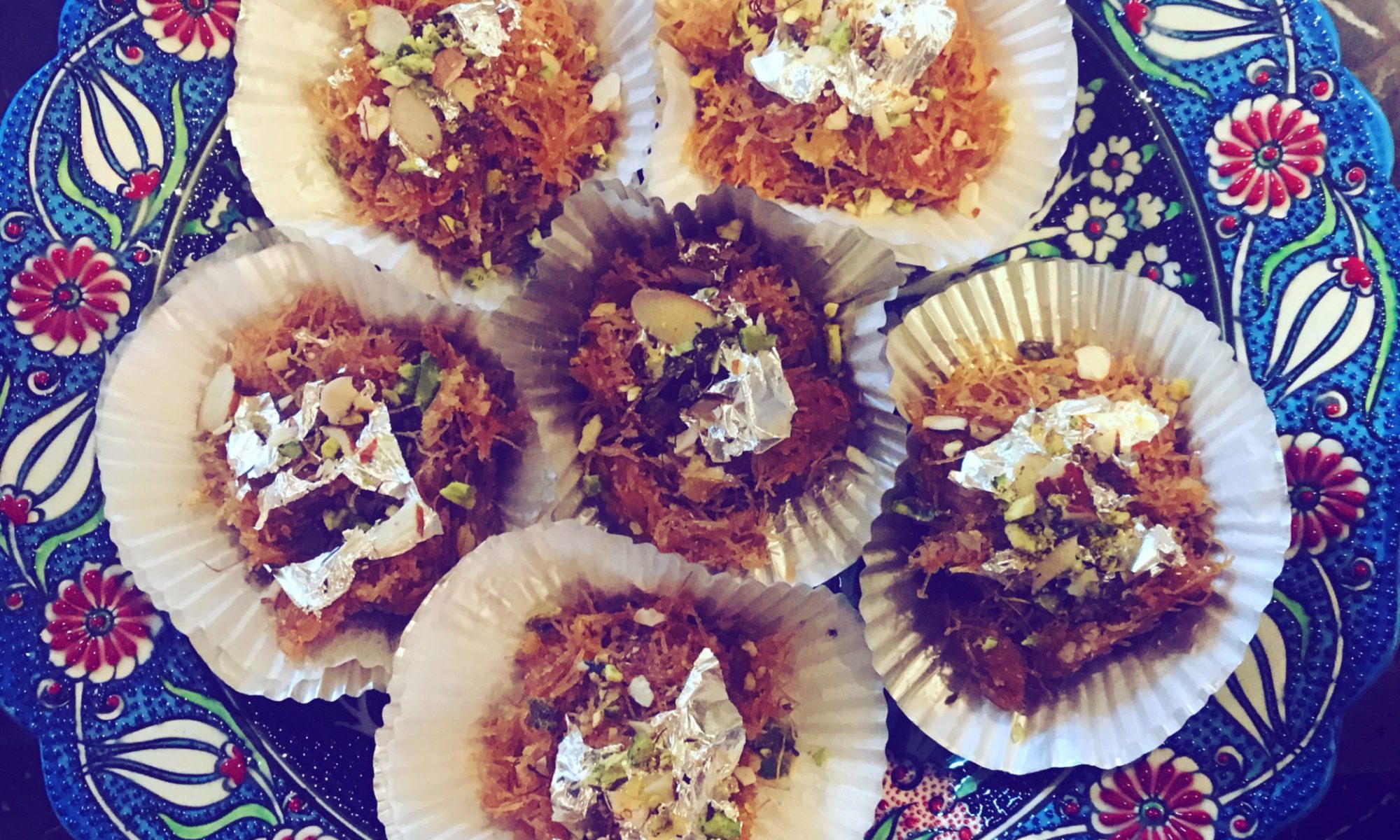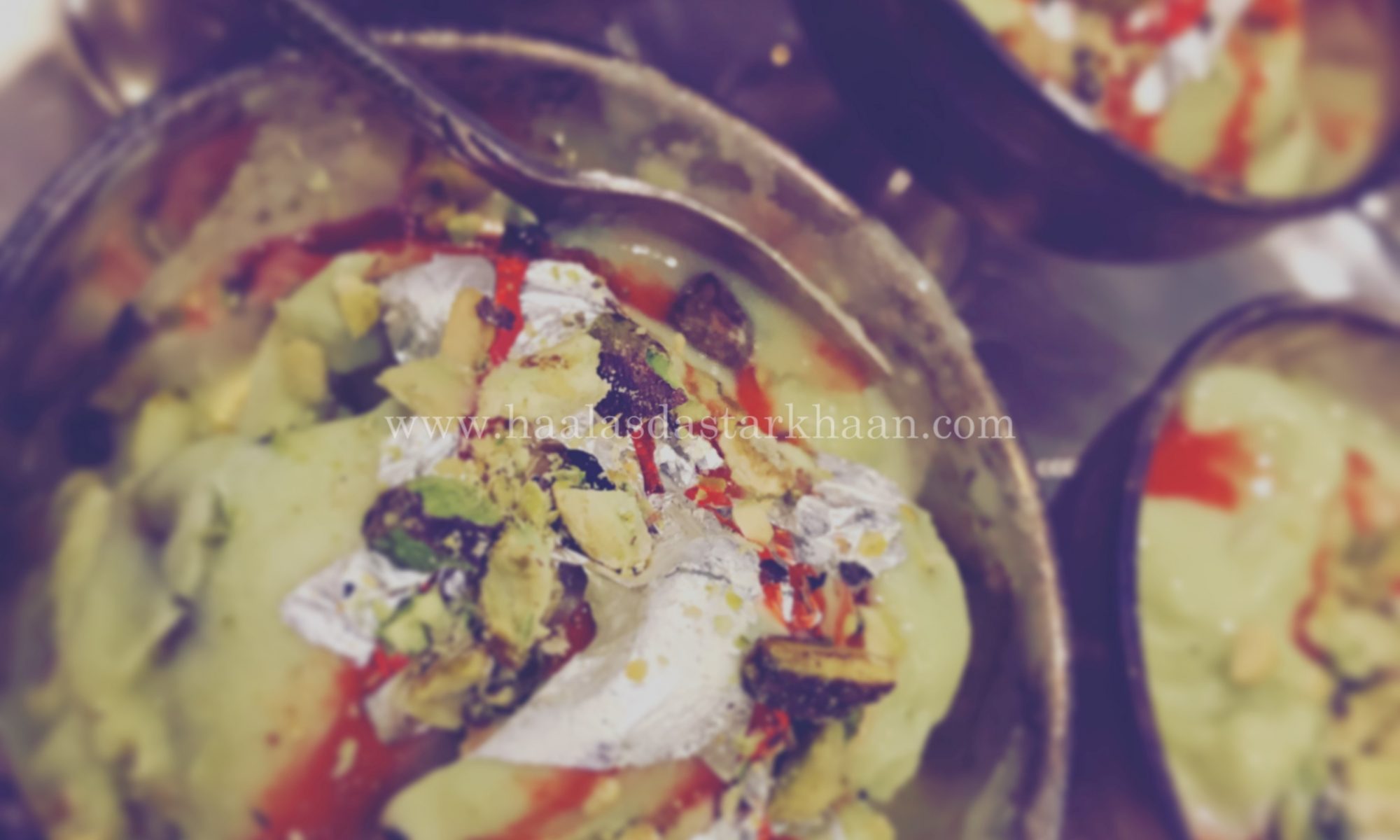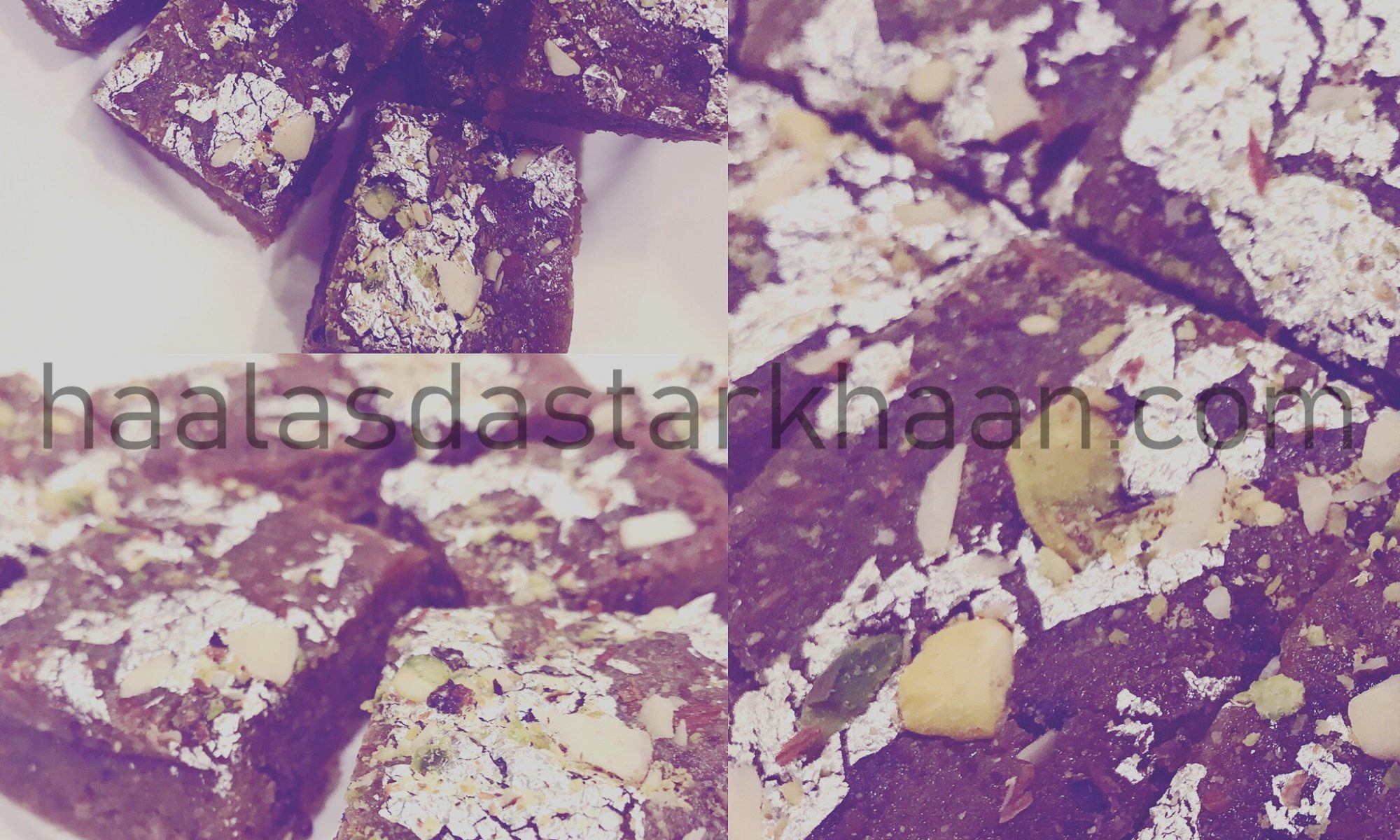Gajar ka Halwa is our winter favorite. The lovely sweetness of carrots mixed with sugar and milk and a hint of cardamom with desi ghee leaves you taste buds asking for more. Every family has their own version of Gajar ka Halwa and it’s the most common dessert in winters and can be found in most homes, specially during winters. With fresh carrots available in the market and the need to finish every meal with a dessert, this Gajar ka halwa definitely scores high.
I make mine with grated red carrots, milk, Khoya and sugar. It’s a winter delicacy and is made using the juicy red carrots. I also make it another way, which is my Mother’s recipe. Growing up I always felt that my mom makes the best ever carrot halwa. She would in fact even freeze the Halwa so we could enjoy it longer. My mom would cook her Halwa for hours on low heat and I as a kid, I would look forward to the Halwa. This sweet dish is mainly associated with North India. It is a rich, the texture is slightly grainy, with sweetness that makes the warm winter dessert taste delicious. I haven’t heard of any Indian who doesn’t love a good carrot halwa.
Garnished with slivers of dry fruits, it goes well with a dollop of vanilla ice cream on the side. I have a recipe of Gajar Ka halwa with Vanilla Ice cream on this blog too. That Halwa is made using condensed milk. So, it can be made any which way, eaten warm, with/without Vanilla Ice cream.
Most households in North Indian have their own recipe to make Gajar ka Halwa and with minor changes here and there, the taste changes drastically. This recipe of Carrot Halwa is my own and is one of the quickest and best I have had.
I grate the carrots and cook them in Ghee till they start releasing water. Once the water is dried, I add milk and cook the carrots till they are completely soft and the milk thickens while cooking the carrots and is only 1/4 left. I then add Khoya followed by sugar and cardamom powder. Cook till everything blends well and there is no liquid left in the Halwa. I only add Almonds, Pistachios and sometimes, cashews to my Halwa. But some people like adding Raisins which is completely optional and a personal choice.
I make Gajar ka Halwa pretty often and it finishes pretty quickly as well. You can easily double or triple the quantity of the ingredients and make a bigger batch if you want to. Along with the ingredients, the cooking time will also increase. I try and pick carrots as red as possible and in case if I don’t get my hands on carrots that are red, I sometimes use a pinch of orange food color. It’s completely optional though.
